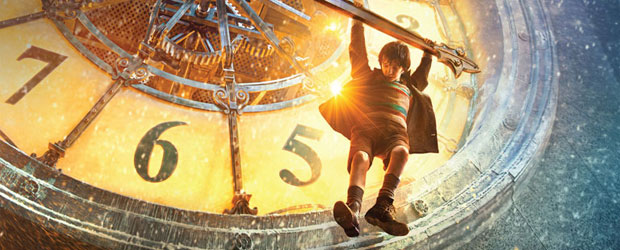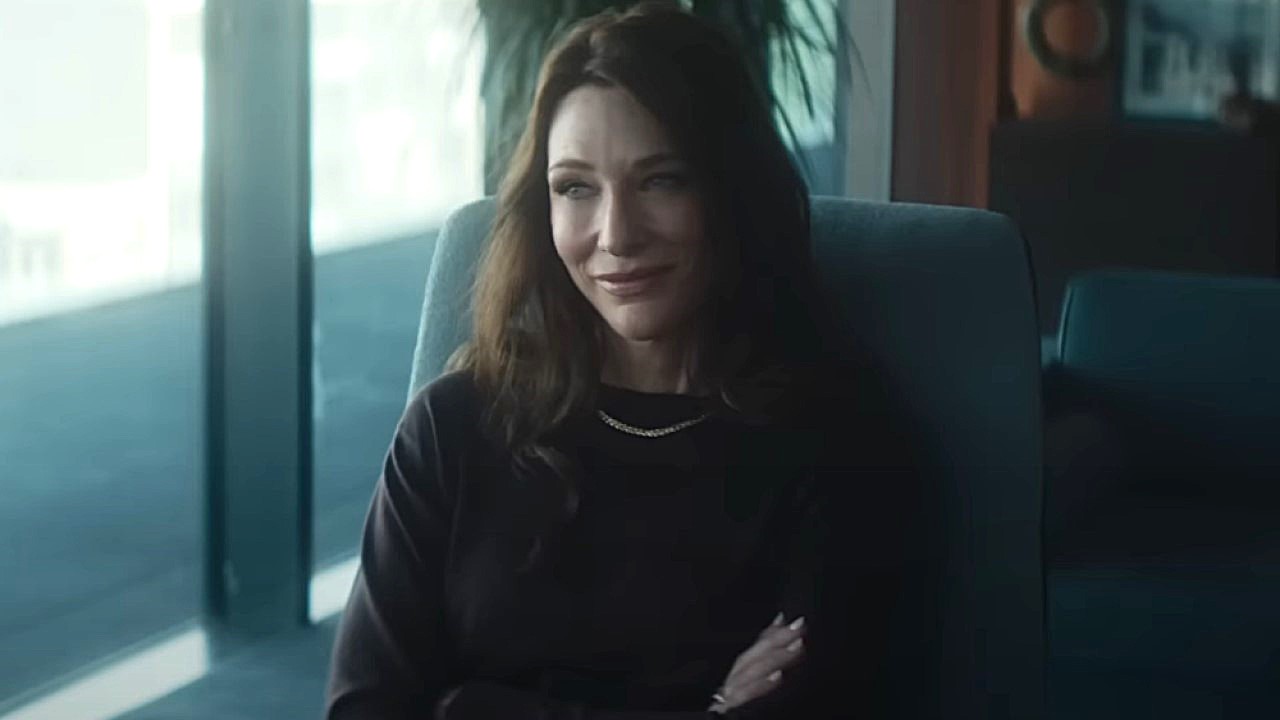Young Hugo Cabret believes the world is like a clock. He sees life as though it’s the inside of one of those complex mechanisms, with each person a gear or lever which performs a specific function in a specific way. In his view everyone has something they’re meant to do, somewhere they’re meant to be. Orphaned at an early age by the sudden death of his father, Hugo lives inside the walls of a train station, a place where life as a clock seems to be true. The trains keep time, moving people back and forth, to and from the places they’re meant to be in. The station inspector (Sacha Baron Cohen) has found his calling, chasing thieves and locking up orphans on the run. The shopkeepers have their function, selling the things people need, and going home at night to be with the ones they love. Hugo has a place too, fixing the clocks that keep the station on time and hiding from the inspector who may mistakenly believe that Hugo doesn’t belong.
But Hugo isn’t the only person who doesn’t fit and after he’s caught stealing by an elderly shopkeeper named George (Ben Kingsley), he begins to sense there’s something wrong. George is gruff and off putting, he attempts to scare away Hugo with threats and intimidation. Yet Kingsley plays him in a way that reveals there’s something more to George. You can’t escape the twinge of sadness in his voice as he rages against Hugo, a longing look as he pushes people away. It’s almost as though he regrets driving Hugo off, as if George wishes he could be someone else. It’s one of the best performances Kingsley has ever given, and without a doubt one of the best you’ll see on screen this year.
Hugo doesn’t see through George’s façade, but he still refuses to leave. At first he follows George home because he’s determined to recover stolen property, but eventually he finds another reason. Hugo Cabret is a fixer of broken things, a child who instinctively wants everyone to fit into their proper place. He tells himself he’s trying to uncover a hidden truth, but to me it seems as if, almost by reflex, he’s actually trying to fix George… whether George wants him to or not.
This could have been a simple, whimsical adventure told through the eyes of an orphan racing through the hallways of a train station, but director Martin Scorsese finds something deeper and more wonderful in Hugo. His movie is a heartfelt meditation on the importance of preserving our dreams, as seen through the eyes of film history and a few seemingly simple people who’ve bottled up big and wonderful thoughts. In the process of getting there, sometimes Hugo glosses over smaller details. The death of Hugo’s dad, for instance, never makes a lot of sense. But those minor misses are easily overlooked in a movie which so gracefully succeeds at bigger aspirations.
That a movie like this would be presented in 3D is wholly appropriate. Hugo is a celebration of people who’ve dreamed big, and so it too dreams big by using the most technologically advanced film techniques available. This results in one of the most beautiful movies of the year, a cavalcade of sharp colors and blowing steam. 3D is used not to wow the audience with flying CGI dragons, but to tell the story of a few people resurrecting the dreams of the past. Till now, the film community has been adamant that 3D is really only useful on big special effects movies. The consensus has been that there’s no reason to use it on more dramatic films, that we don’t really need it to tell stories about real people. While Hugo has special effects, they mostly involve the turning gears of clocks. This isn’t Avatar, it’s something better. Hugo and Scorsese have found a way to prove beyond a shadow of a doubt the usefulness of the 3D format, not as a gimmick, but as a device for making even the simplest stories feel so big and important that they’re ready to burst out of the screen and into real life.
For a more in-depth analysis of Hugo's 3D read our To 3D Or Not To 3D.












